“The LES and East Village are a big part of my identity,” explains artist and filmmaker Adam Zhu. “Being from there gave me a strong sense of diversity, creativity and community, all of which are hallmarks of who I am.” The New York native’s recent exhibition and photo book, Nice Daze, romantically communicates that identity. “The sights and sounds of the city seeped deeply into my self-consciousness. Navigating my independence and finding community was a beautiful experience and basically what the book is all about.”
Nice Daze documents Adam’s experiences running between different creative communities ever since 2013, when he was just 16. It traces intimate moments with the various characters of his social circles — of all ages, ethnicities, backgrounds — including shots of IRAK’s Kunle Martins’ graffiti, rapper Princess Nokia shopping at a bodega, model and musician Sabrina Fuentes as she gets her hair dyed in his backyard and more.

“Times change but much stays the same,” begins OG graffiti writer Nov York in the book’s forward. “There is an idea floating around that one generation is so very different from previous generations and the rift is impossible to overcome. On paper, it sounds right; this generation has different tools and rules, and the previous generations did not have the same access or vocabulary. Yet the images captured in this book fly in the face of that sentiment. I see no divide in generations in these images, only the never-ending celebration of the imagination.”
We caught up with Adam to hear more about the project, blending art and photography, and navigating New York subcultures.
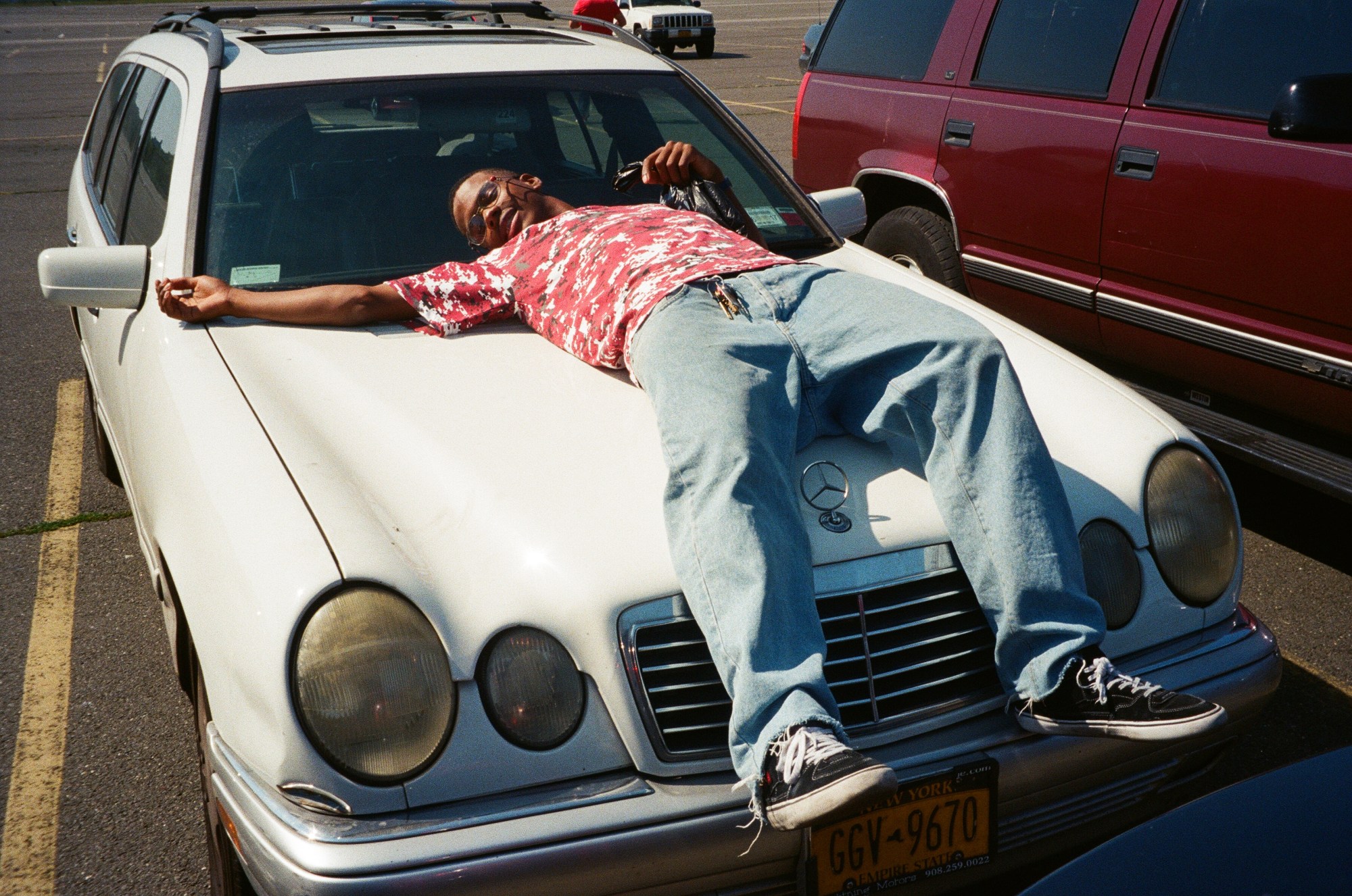
You’ve been speaking about this book for a while now. I think you first mentioned it to me way back in 2019. What was the initial impetus for the project?
I’ve been shooting on film for around 10 years and maybe four or five years ago I decided to do the book. It started when I lost a computer and had all of these images I had to organize that I hadn’t seen in years. Going through the negatives and trying to salvage what was lost took a lot of time. That process made me realize that I wanted to do a book.
Initially my approach was more of a documentation project. As I had in the “Market” video I made, I wanted to share my story and perspective and that line through the various subcultures that were surrounding me, inspiring me and that I was a part of. Those formative years were really special. As I went through the rescanning, coloring — working with Chroma Center to bring the photos back to life — I began to take more pride in the work. I went from viewing it as documentation to art, and I gravitated more towards what felt more timeless.
How so? Why do you think it was more artistic at that point for you than documentarian?
To document a time period, you’re attempting to represent it as close to reality as possible. I was always drawn to film because of its romantic and nostalgic quality, so it was never my goal to represent anything “accurately”, but rather to share my experience as I see it, distorted by time and memory. I find film captures that ephemeral quality. The further I got into the process I decided I only wanted to focus on the work I valued through an artistic lens and that the narrative would form naturally.

Can you speak a bit more about the “Market” film?
It was something I made when I was 18, inspired by the Zoo York mixtapes. It’s a mashup of skating, hip-hop, jazz and other things that were happening around me. The original music was scored by Wiki, Onyx Collective, Sporting Life, Dev Hynes and Show Me the Body, this whole amazing music scene. The film was my way of bridging these different worlds that were colliding around me. And in the intro to the film, you see some photos from the book weaved in there.
The press release mentioned Jack Shannon, what role did he play in pulling it together?
Jack is a really old friend of mine, one of the co-founders of Entrance Gallery and also a really great artist and graphic designer. He was very close in the creative community. I did a lot of projects at Entrance: cooked dinners; me and Aurel Schmidt collaborated on a show there. Jack is someone I go to with ideas. His initial involvement with this book was helping me silkscreen these two photos of found junk from my backyard on linen as a cover concept/artwork. Then, as I’d succeeded in organizing the work and began forming the idea for the book, he was someone who I naturally turned to because of his design skills and also his insight into who and what the book is about — the concept in general. I’m super thankful. We spent months and months side by side at his computer laying the book out and going through different ideas.

Where in New York did you grow up? What was it like?
I grew up in the East Village, which was a beautiful upbringing. It introduced me to the arts and skateboarding, communities outside of the school I went to.
How did you first meet a lot of the people in your community?
Skateboarding is what first introduced me to the larger New York community. It meant that by age 13, I had been around all five boroughs and was accustomed to being around people vastly different in age, ethnicity, social class, etc. Growing up near Tompkins and 12th & A was crucial. Outside of the skate scene, some friends of mine were in a band called Ratking. Being a part of that music scene opened my eyes to the larger creative community: graffiti, art, hip-hop, punk and other subcultures parallel to the skate community; being interconnected with previous generations of New Yorkers, who were our mentors and OGs, meeting people through mutual interests organically.
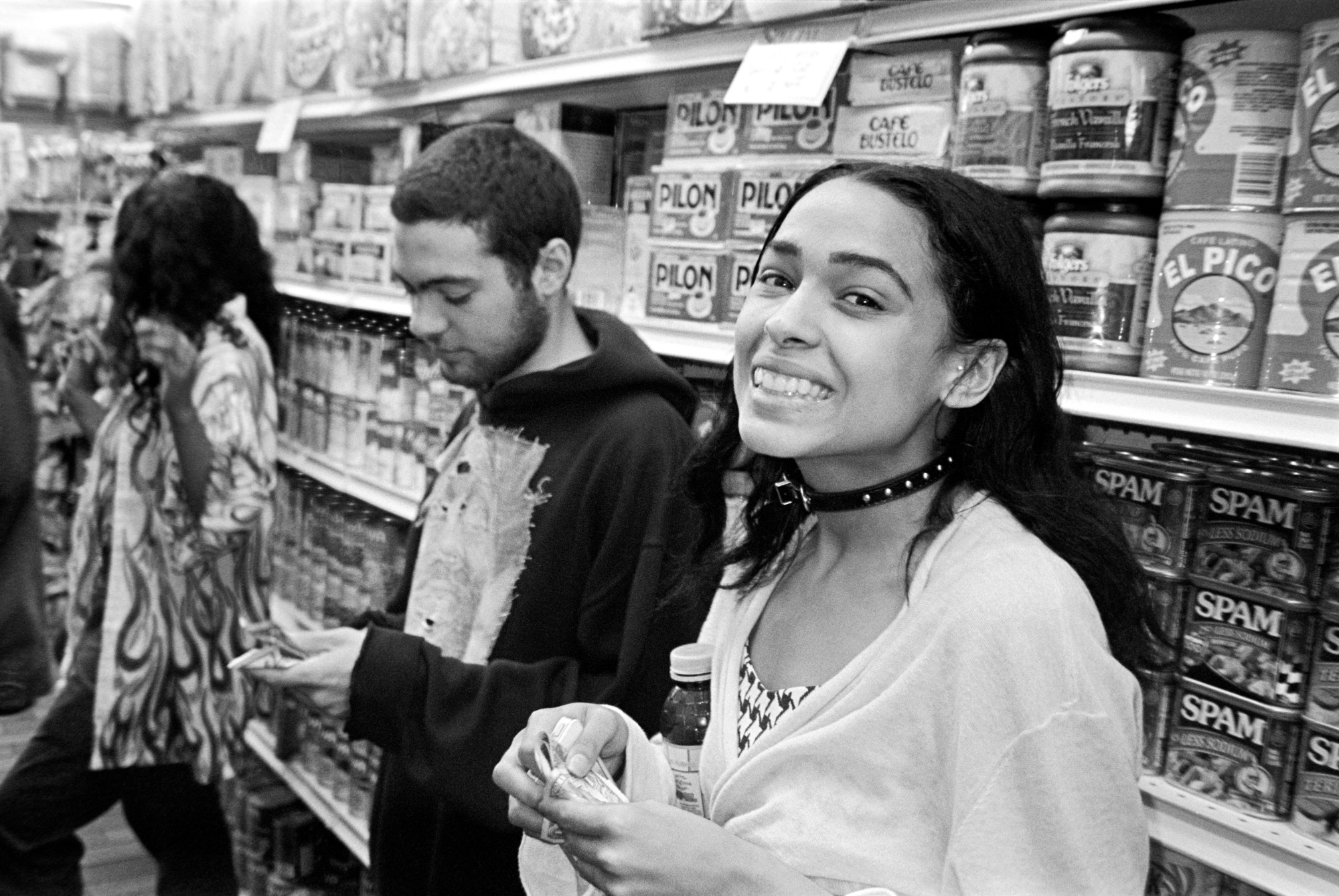
Speaking of OGs, the press release mentions Spencer Sweeney; he’s been such a great supporter over the years. Can you explain your relationship with him? And how you think he’s influenced the youth of downtown overall?
Spencer has always been a big supporter and inspiration. The first show I curated was at Aurel’s gallery Romeo, which was actually Spencer’s spot. Then years later, Onyx Collective was doing a show on my roof and Spencer saw it from the window of his studio across the street. He happened to mention it to Aurel and she put us in touch. He was transitioning to a new studio and wanted to use his studio to help support young artists, so he let me take over the space and do a group show with live performances from Onyx and Pretty Sick. The photo installation I did for that show is the first spread in the book. The space would then evolve into “Headz,” an art party with art supplies, live jazz, food, wine. It was really special and instrumental in exploring deeper into the art world.
Tell me about your relationship with Nov York. How did it come about that he wrote the forward for your book?
Nov York is a legendary figure in the graff scene. I read some of his books and saw that he had mentioned Cinik in a few stories. Cinik is an older writer I knew. Additionally, my best friend Willy spent a year in juvie and Nov was his English teacher and gave him the pen name, ACAB. So once we connected all the dots, we all reconnected. Since I was such a fan of his writing he seemed like the right person to for the foreword.
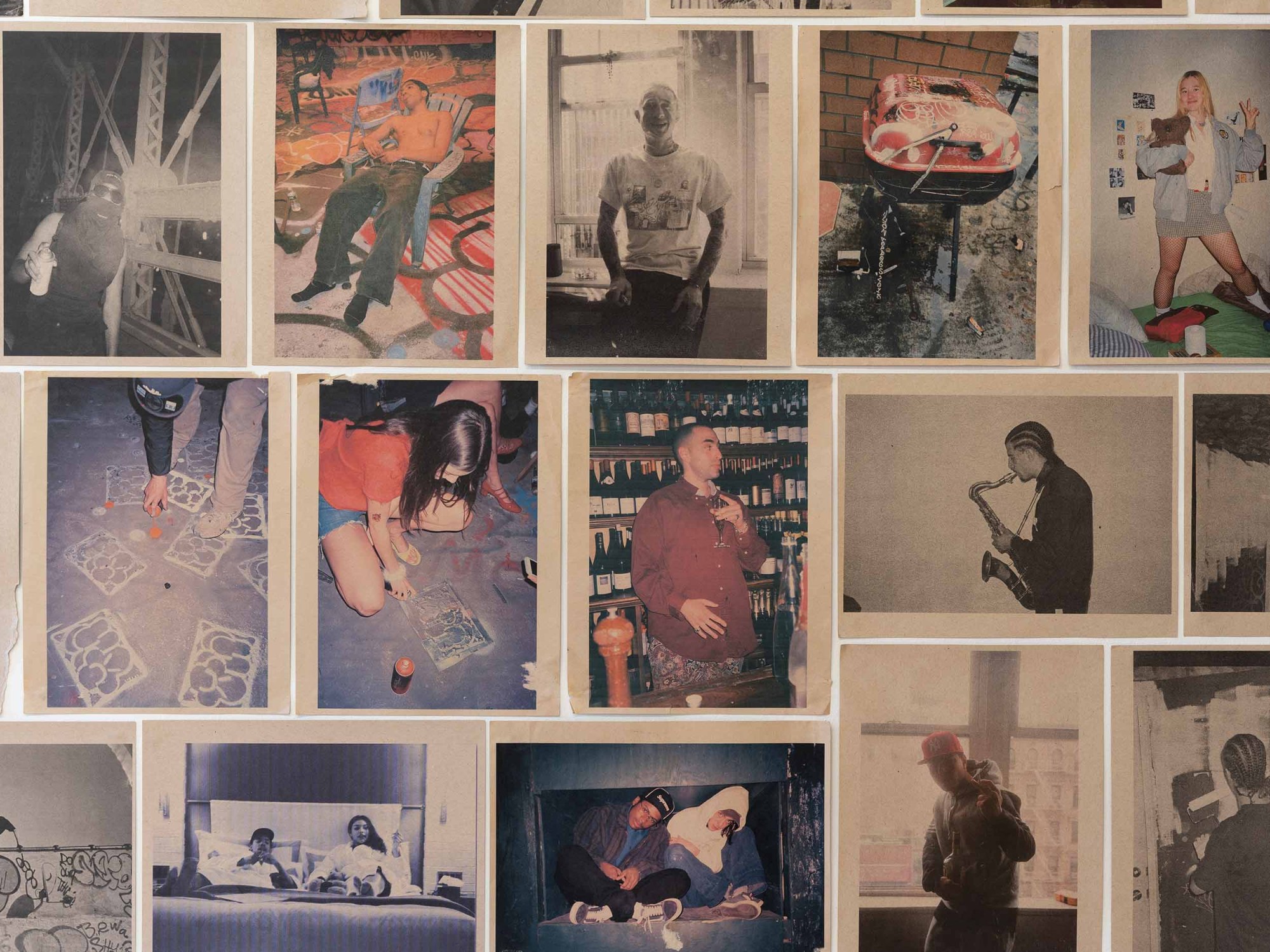
How much do you think age plays a part in culture and creativity?
I think people naturally look toward what the youth is into because they drive consumer markets, and because young people are just really talented and innovative. Only certain creative fields are biased toward the young, others are the opposite, but the youth will always influence and define the culture.
Your backyard is such a special space. You have Sabio building your kitchen, Onyx’s studio out back, everyone painting the walls. How did it evolve over time?
When I was 18 I moved to Chinatown — which was still a part of my stomping grounds, so it wasn’t a big move. My apartment has sole access to what’s technically the roof of the church next door. It’s a bit of a playground for me and my friends. The whole experience of living here was a big part of the book. My friend Sabio built this plywood wall out on the roof that has been painted and tagged thousands of times over the years by some very prominent writers and artists. We’ve had performances and video screenings out there. It’s accumulated random objects and junk that I’ve ascribed a sentimentality and meaning to, which is present throughout the book. I’ve grown up with the space too. At first it’s what you’d imagine an 18 year old’s apartment would look like. A revolving door of friends and roommates, dishes in the sink, tags and junk everywhere. We have a shed that’s built on the roof that housed different things. Shawn Powers used to stay in there. For the most part, it’s been used by Onyx Collective as a practice studio. Wiki, Sammy, Hak, Sport, Jonny, Acab, Shawn, Bug are among the people who have lived with me.
I’ve always believed in cultivating a creative community. And now as I’ve grown, my space has matured. I worked with Sabio to renovate it and only I live there now. My friend Noah Drysdale rents one of the rooms as a tattoo studio and Onyx is still in the shed. One of the rooms is my art studio.
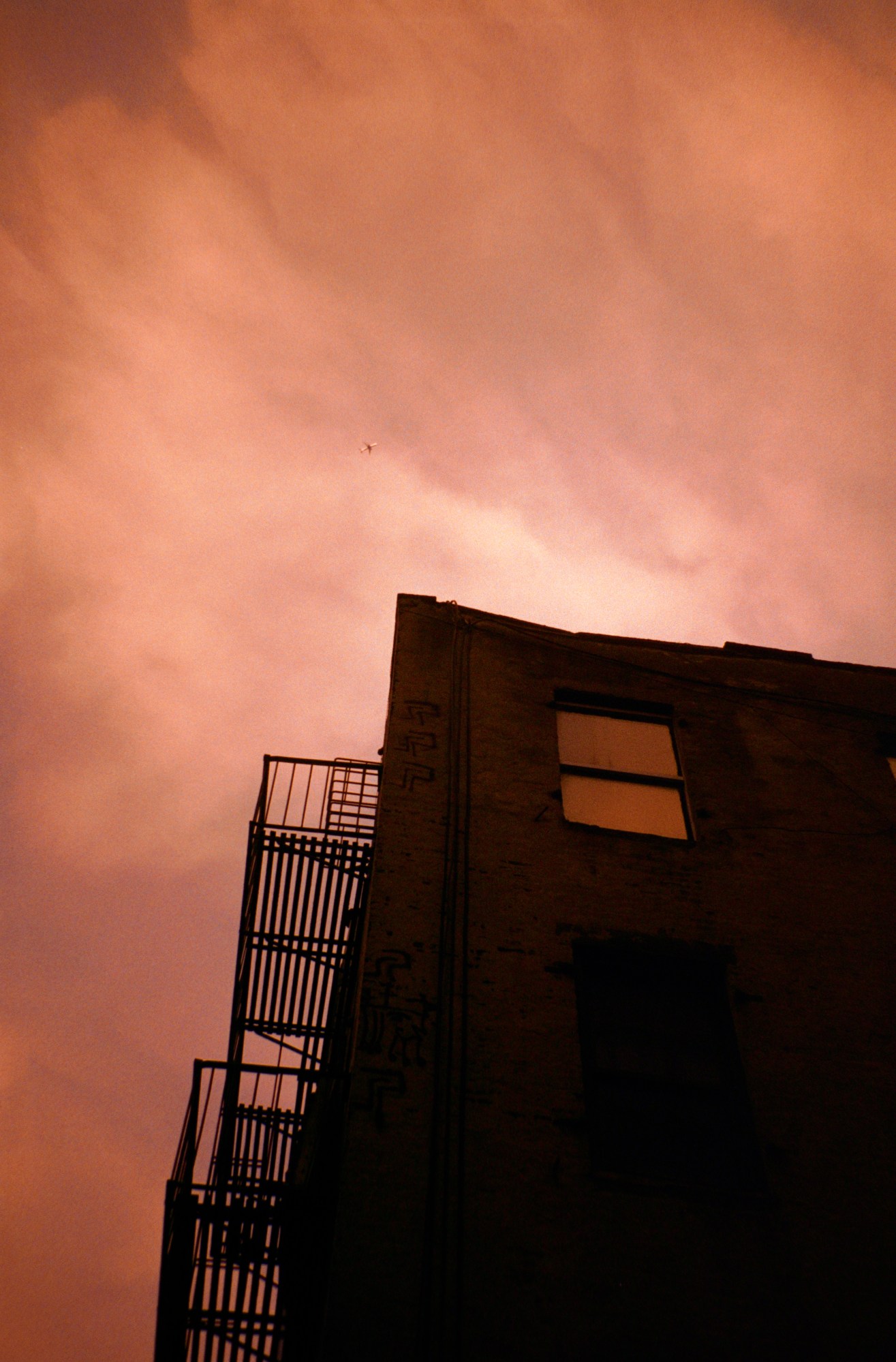
You’ve traveled a bit, doing art projects internationally. Do you perceive that what’s happening in New York is especially unique or do you think it’s more a part of a larger community that has pockets worldwide?
That New York is central makes it unique on the world stage.
Central, how?
It’s New York fucking City. I mean, the culture that comes out of New York emanates worldwide. Hip-hop, punk, graffiti… they were all born here. But maybe that’s shifting. I definitely want to travel more and get out of NY in the future, but it will always be home.
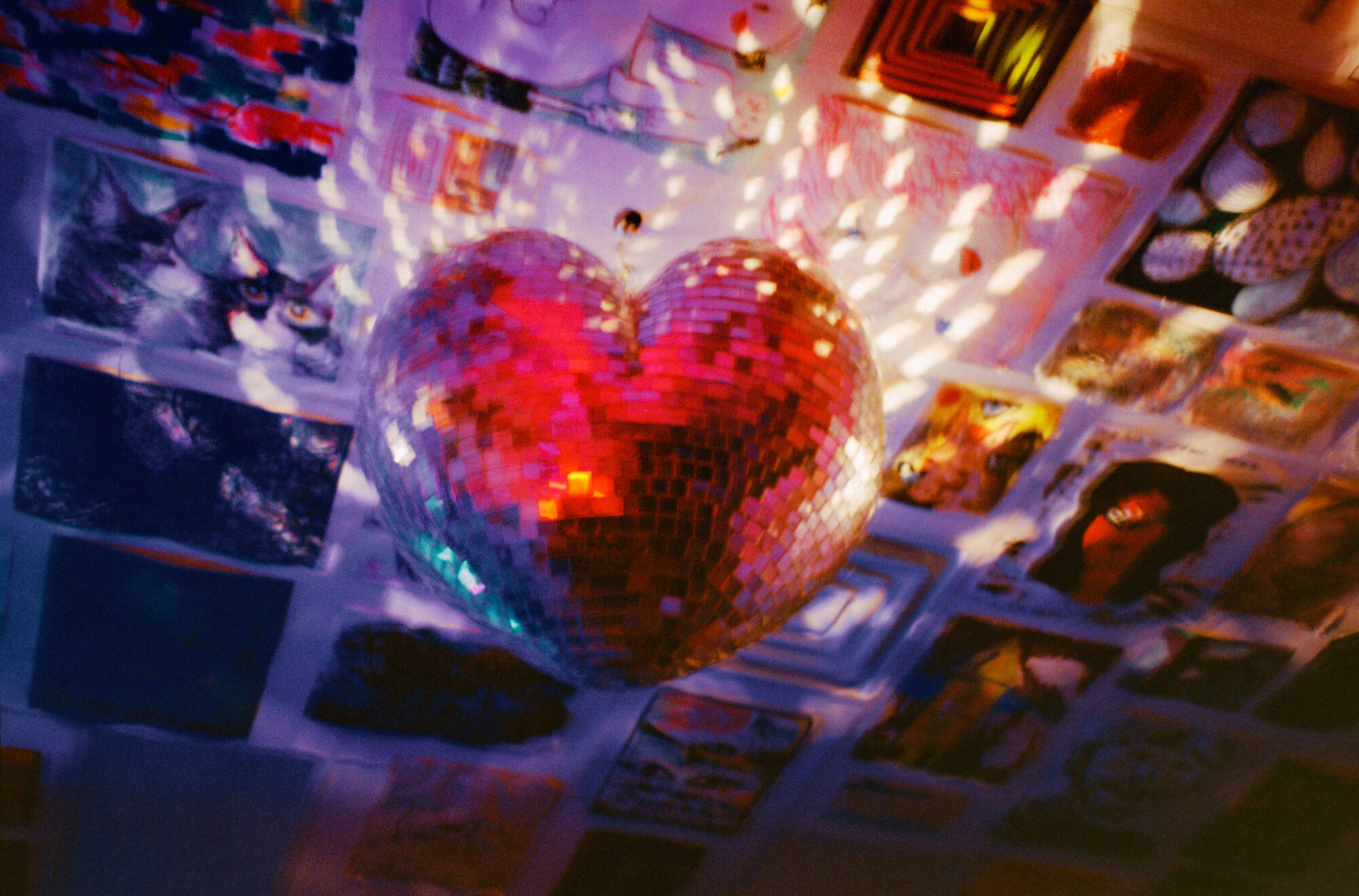
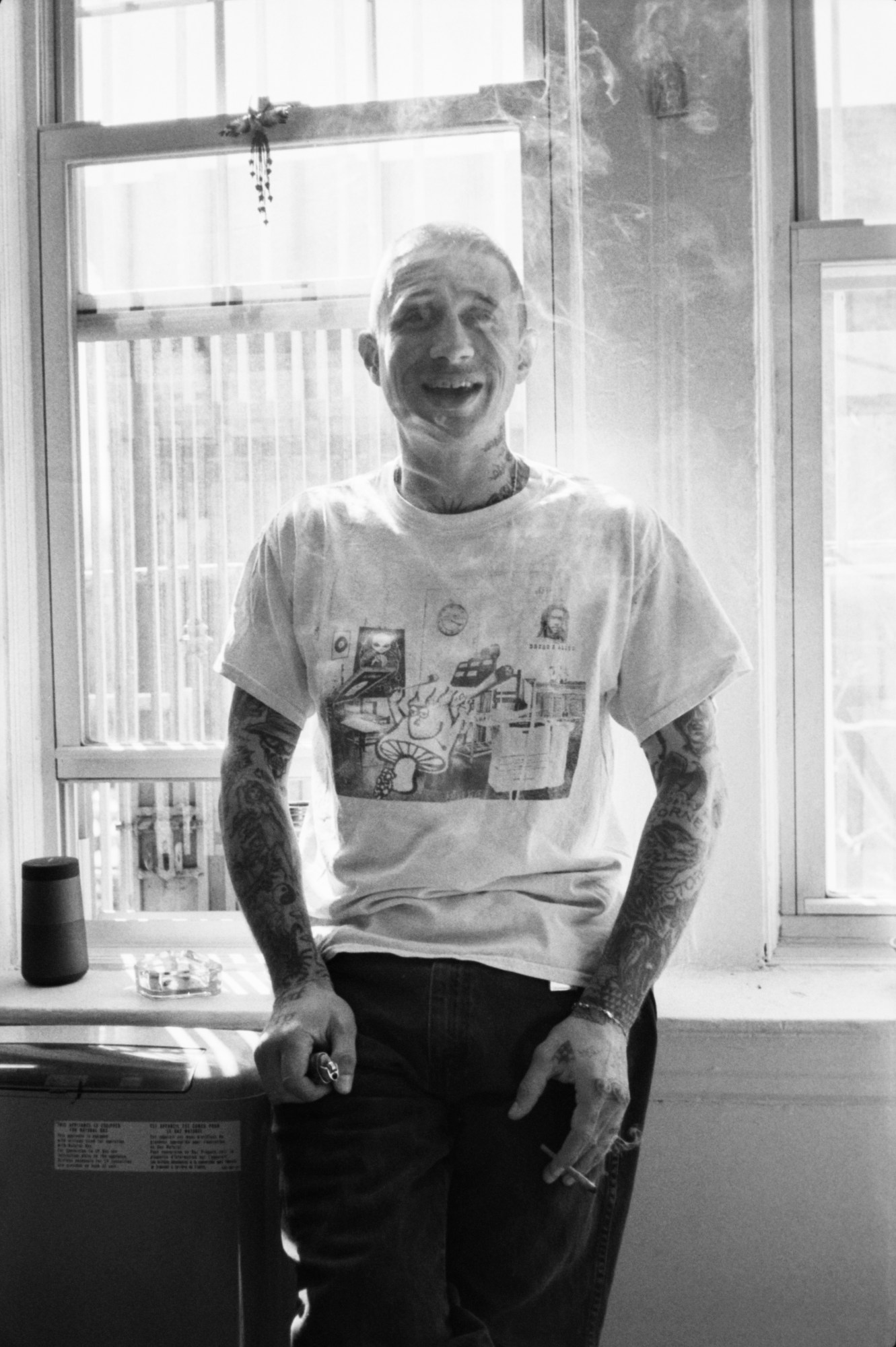

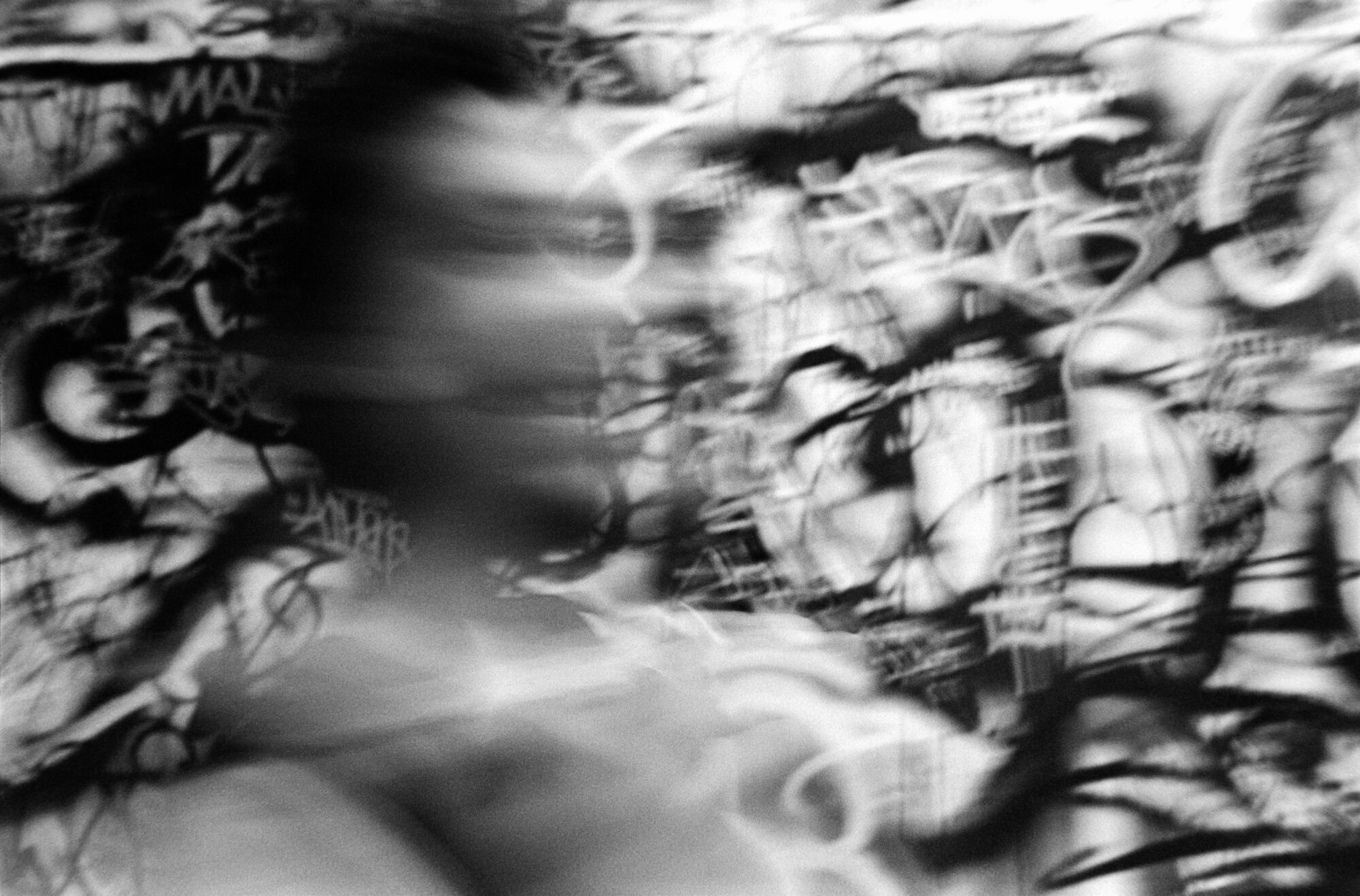



Credits
Photography Adam Zhu


